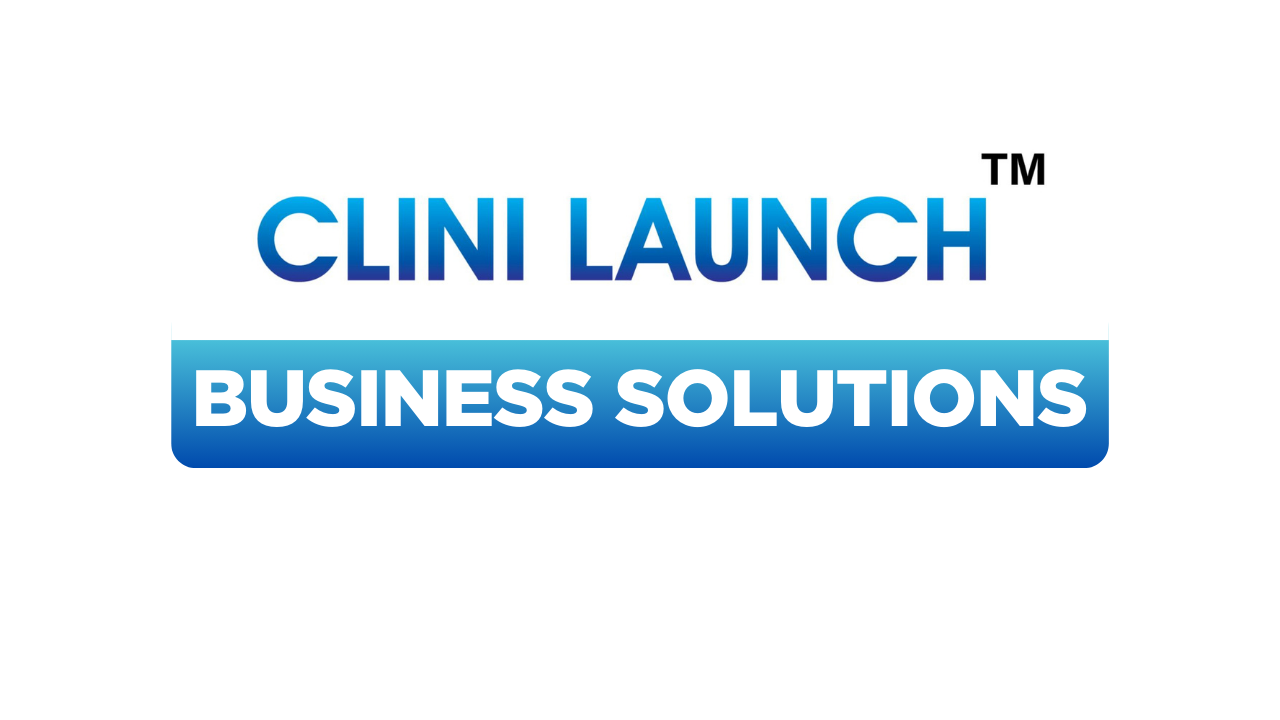Learn the most effective healthcare acquisition strategies to get help with employer branding and explore quality talent pool from CliniLaunch. Join today.
Healthcare acquisition has become a vital strategy for organizations seeking growth, competitive advantage, and enhanced patient care. With the ever-changing landscape of the healthcare industry, companies must adopt well-structured approaches to succeed. This article explores five effective strategies for healthcare acquisition, emphasizing patient-centric approaches, financial prudence, and technological innovation.
Understanding Healthcare Acquisition
Definition of Healthcare Acquisition
Healthcare acquisition refers to the process by which one healthcare organization acquires another, integrating operations, services, and resources. This strategic move often aims to expand market reach, enhance service offerings, or achieve economies of scale.
Why Healthcare Acquisition Matters
Healthcare acquisitions are crucial for organizations aiming to:
- Grow and diversify services.
- Enter new markets or geographies.
- Streamline operations and reduce costs.
- Gain access to innovative technologies or expertise.
By leveraging acquisitions, healthcare providers can enhance patient care, improve operational efficiency, and secure long-term sustainability.
Strategy 1: Conduct Comprehensive Market Research
Assessing Industry Trends
Understanding industry trends is foundational for successful acquisitions. Factors like telehealth growth, value-based care models, and technological advancements shape acquisition decisions. Staying informed ensures organizations align acquisitions with future demands.
Understanding Competitor Landscape
Analyzing competitors reveals potential gaps or opportunities in the market. Organizations can use this insight to acquire entities that complement or strengthen their competitive position.
Consumer Needs and Expectations
Patient expectations for personalized, efficient, and accessible care have grown. Acquiring organizations that cater to these needs can enhance brand reputation and patient satisfaction.
Strategy 2: Develop a Clear Integration Plan
Pre-Acquisition Planning
Before initiating an acquisition, evaluating compatibility in terms of values, goals, and operational models is essential. A robust pre-acquisition strategy prevents conflicts and ensures alignment.
Post-Acquisition Integration
A detailed plan for merging processes, systems, and cultures is crucial. Addressing potential challenges like staffing, technology integration, and workflow management upfront can make transitions smoother.
Focus on Cultural Alignment
Cultural differences can derail acquisitions if not addressed. Establishing shared goals and fostering a cohesive work environment promotes success.
Strategy 3: Leverage Technology and Digital Transformation
Role of Technology in Acquisition Success
Technology has transformed healthcare, making it an indispensable part of acquisitions. Implementing advanced tools like electronic health records (EHR) and telemedicine platforms ensures operational efficiency.
Digital Tools for Efficient Mergers
Using digital solutions for data integration, communication, and patient management simplifies the transition process. These tools can help maintain service quality during organizational changes.
Innovation and Future-Ready Solutions
Staying ahead of technological trends ensures organizations remain competitive. Investing in innovations like AI-powered diagnostics or blockchain for secure data sharing positions the acquisition for long-term success.
Strategy 4: Focus on Financial and Legal Due Diligence
Conducting Financial Assessments
Assessing an organization’s financial health, including revenue streams, liabilities, and potential risks, helps avoid unexpected challenges. Transparent financial evaluations are a cornerstone of successful acquisitions.
Legal Considerations
Acquisitions must comply with healthcare regulations and contractual obligations. Legal due diligence mitigates risks related to non-compliance, antitrust laws, or intellectual property disputes.
Risk Mitigation Strategies
By identifying and addressing potential risks, organizations can safeguard their investments and avoid post-acquisition setbacks.
Strategy 5: Prioritize Patient Care and Outcomes
Ensuring Continuity of Care
Acquisitions should focus on maintaining consistent patient care. Transparent communication and efficient service transitions build trust among patients.
Enhancing Patient Services
Acquisitions offer opportunities to improve care quality through expanded services, advanced technology, or better infrastructure. Prioritizing patient needs fosters long-term success.
Measuring Success Through Outcomes
Tracking metrics like patient satisfaction, health outcomes, and service accessibility ensures acquisitions deliver tangible benefits to stakeholders.
Conclusion
Healthcare acquisitions are complex but rewarding endeavors. By adopting strategies like thorough market research, clear integration planning, technological investment, financial diligence, and patient-focused approaches, organizations can achieve sustainable growth and improved patient outcomes. Strategic acquisitions can redefine healthcare delivery, setting a foundation for a brighter, healthier future.
Frequently Asked Questions
- What is the most critical step in healthcare acquisition?
Conducting comprehensive due diligence, including financial, legal, and operational assessments, is crucial.
- How does technology impact healthcare acquisition success?
Technology ensures seamless integration, improves efficiency, and enhances patient care through innovative solutions.
- Why is cultural alignment important in acquisitions?
Cultural alignment fosters collaboration, reduces conflicts, and ensures shared organizational goals.
- How can organizations ensure patient care remains a priority?
By maintaining transparency, enhancing services, and focusing on patient satisfaction during transitions.
- What role does financial due diligence play in healthcare acquisition?
Financial due diligence identifies potential risks, ensures investment viability, and helps in informed decision-making.


